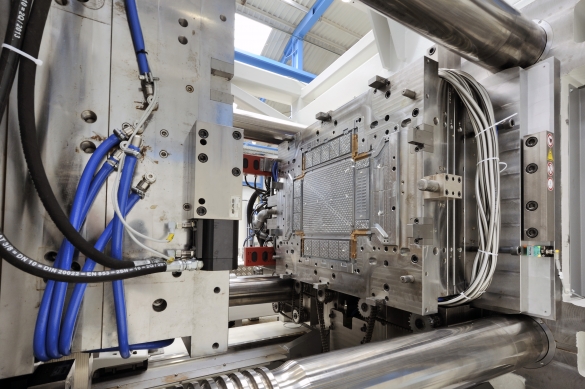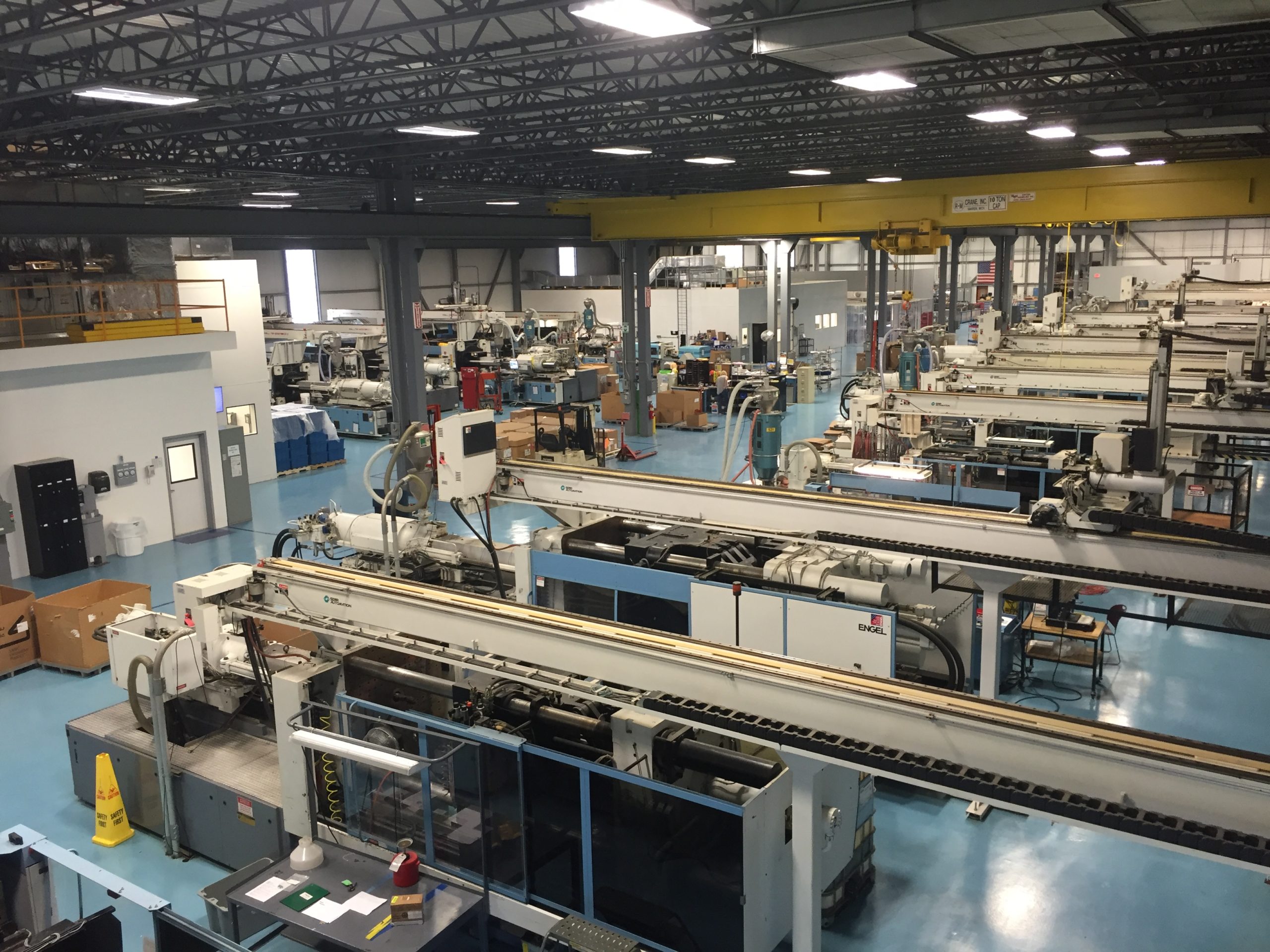Some Known Facts About Manufacturing Industries.s
Wiki Article
Getting The Plastic Manufacturing To Work
Table of ContentsEverything about OemThe Lean Production StatementsThe Single Strategy To Use For ManufacturingExamine This Report on Hon Hai PrecisionThe 5-Minute Rule for OemAbout Plastic Manufacturing
The message on this page is an example from our full White Paper 'Shot Moulding for Customers' - * Example text * - for complete overview click the download switch over! Introduction This overview is planned for people that are seeking to source plastic mouldings. It gives a much required insight into all that is entailed with developing plastic parts, from the mould tool called for to the moulding process itself.If you want to check out additionally, the guide covers kinds of mould tools, as well as special ending up procedures such as colours & plating. Words that are underlined can be found in the reference in the appendix ... Component I: Moulding: The Essentials The Benefits of Shot Moulding Plastic shot moulding is an extremely precise process that supplies several advantages over other plastic handling techniques.
Precision is perfect for very detailed components. You can hold this moulding in the hand of your hand as well as it has employers, ribs, metal inserts, side cores as well as holes, made with a moving closed off function in the mould device.
Excitement About Manufacturing


from material feed & melting; product shot; cooling time and also ejection to the re-closing of the mould tool all set for the next cycle. Draft angles - The walls of a moulded part ought to be somewhat tapered in the instructions in which the part is expelled from the mould tool, to enable the component to be ejected conveniently.
Ejector stroke - The pressing out of ejector pins to eject the moulded component from the mould device. Ejector stroke rate, size and timing requires to be carefully regulated to avoid damage to the ejectors and also mould tool, yet at the same time make the moulding cycle as brief as possible.

The smart Trick of Lean Manufacturing That Nobody is Discussing
Ribs - When a plastic component has slim walls, ribs are included in the style to make the thin wall surfaces stronger Side cores - Side action which generates a feature on a moulded part, at an opposing angle to the typical opening instructions of the mould tool. oem. The side core needs to be able to withdraw as the plastic component can not be ejected otherwise.
Walls - The sides of a moulded component The text on this web page is a sample from our full White Paper 'Shot Moulding for Buyers'.
Manufacturing procedure for producing components by infusing liquified product into a mould, or mold Streamlined layout of the process Injection moulding (united state punctuation: shot molding) is a manufacturing procedure for producing components by injecting liquified material into a mould, or mold and mildew. Shot moulding can be performed with a host of materials generally cement production including steels (for which the procedure is called die-casting), glasses, elastomers, confections, and many generally polycarbonate and also thermosetting polymers. Injection moulding is widely made use of for making a range of components, from the tiniest components to whole body panels of vehicles. Developments in 3D printing innovation, using photopolymers that do not thaw during the shot moulding of some lower-temperature thermoplastics, can be used for some basic shot moulds. Injection moulding utilizes a special-purpose machine that has three components: the injection unit, the mould and the clamp.
The Best Strategy To Use For Mfg
Refine attributes [edit] Shot moulding makes use of a ram or screw-type bettor to force molten plastic or rubber product into a mould dental caries; this solidifies right into a shape that has actually complied with the contour of the mould. It is most generally made use of to refine both polycarbonate and also thermosetting polymers, with the volume utilized of the previous being significantly higher.: 13 Thermoplastics are prevalent as a result of features that make them highly appropriate for injection moulding, such as simplicity of recycling, adaptability for a wide range of applications,: 89 as well as capacity to soften and also flow on heating.In numerous tooth cavity moulds, each dental caries can be similar and develop the same parts or can be one-of-a-kind and also create read what he said several different geometries during a single cycle.
The screw delivers the raw product ahead, blends as well as homogenises the thermal and thick distributions of the polymer, as well as reduces the required heating time by mechanically shearing the material and including a considerable quantity of frictional heating to the polymer. The material feeds onward with a check shutoff as well as accumulates at the front of the screw right into a volume understood as a shot. When enough product has actually gathered, the material is compelled at high pressure as well as velocity into the part forming cavity. The exact amount of shrinking is a feature of the resin being used, as well as can be reasonably foreseeable. To stop spikes in stress, the process typically makes use of a transfer setting representing a 9598% full dental caries where the screw shifts from a constant speed to a consistent stress control.
The Best Strategy To Use For Mfg
When the screw gets to the transfer setting the packaging pressure is applied, which finishes mould filling and also makes up for thermal shrinking, which is fairly high for thermoplastics about many other materials. The packing stress is applied till eviction (tooth cavity entry) solidifies. Because of its tiny dimension, the gateway is typically the very first area to strengthen via its entire thickness.: 16 Once eviction strengthens, say goodbye to product can get in the cavity; appropriately, the screw reciprocates and obtains his explanation product for the next cycle while the material within the mould cools down to ensure that it can be ejected as well as be dimensionally secure.Report this wiki page